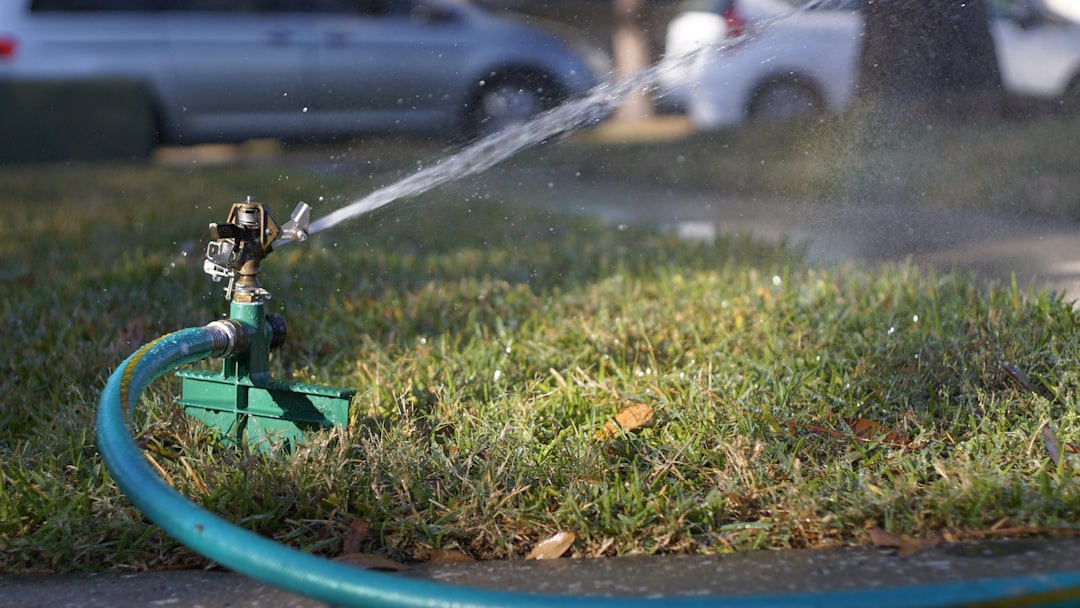Trench Reinforcement in New Hampshire: A Comprehensive Guide
When it comes to constructing and maintaining infrastructure, trench reinforcement is a crucial aspect of ensuring the longevity and integrity of structures. Trench reinforcement refers to the process of adding additional materials or technologies to the excavation process to provide additional support and stability to the trench or excavation. In New Hampshire, trench reinforcement is a vital component of various infrastructure projects, including road construction, bridge building, and utility installation. In this article, we will delve into the world of trench reinforcement, exploring the importance of this technique, the types of trench reinforcement, and the benefits it offers to the state of New Hampshire.
In New Hampshire, trench reinforcement is used to prevent the collapse of trenches and excavations, which can be caused by a variety of factors, including soil settlement, excavated materials, and groundwater seepage. Without proper reinforcement, trenches and excavations can become unstable, leading to accidents, injuries, and even fatalities. By using trench reinforcement, contractors and engineers can ensure that the excavation is safe and stable, reducing the risk of accidents and costly repairs.
There are several types of trench reinforcement, each with its own unique benefits and applications. One of the most common types of trench reinforcement is shotcrete, which involves pumping a mixture of cement, sand, and water onto the trench or excavation wall. Shotcrete provides excellent support and stability, and is often used in conjunction with other types of reinforcement, such as geotextiles and rebar. Another type of trench reinforcement is shoring, which involves installing mechanical supports, such as aluminum shores or steel beams, to hold up the trench or excavation wall. Shoring is often used in areas with unstable soil or bedrock, where shotcrete may not be effective.
In addition to shotcrete and shoring, there are also other types of trench reinforcement, including trench boxes, trench jacks, and augercast piles. Trench boxes are pre-fabricated structures that are installed in the trench or excavation, providing a safe working environment for workers. Trench jacks are hydraulic-powered structures that can be installed in the trench or excavation to provide additional support and stability. Augercast piles are deep foundation systems that are used to transfer loads from the trench or excavation to a more stable layer of soil or bedrock.
The benefits of trench reinforcement in New Hampshire are numerous. First and foremost, trench reinforcement provides a safer working environment for workers, reducing the risk of accidents and injuries. By providing additional support and stability to the trench or excavation, trench reinforcement also reduces the risk of costly repairs and downtime. Additionally, trench reinforcement can help to extend the lifespan of infrastructure projects, reducing the need for costly maintenance and repairs in the future.
In New Hampshire, trench reinforcement is particularly important in areas prone to natural disasters, such as earthquakes and floods. By providing additional support and stability to the trench or excavation, trench reinforcement can help to prevent damage and destruction caused by these natural disasters. In areas with unstable soil or bedrock, trench reinforcement can also help to prevent settlement and other types of structural damage.
The state of New Hampshire has implemented various regulations and guidelines to ensure the safe and effective use of trench reinforcement. For example, the National Institute for Occupational Safety and Health (NIOSH) has developed a set of guidelines for the safe use of trenching and excavation, which includes the use of trench reinforcement. The American Society of Civil Engineers (ASCE) has also developed a set of standards for the design and construction of trench reinforcement systems.
In addition to the regulations and guidelines implemented by the state of New Hampshire, there are also various organizations and associations that provide training and education on the use of trench reinforcement. For example, the National Utility Contractors Association (NUCA) offers training programs and certifications for contractors and engineers working on trench reinforcement projects. The American Society of Hydraulic Engineers (ASHE) also offers training programs and certifications for engineers and contractors working on trench reinforcement projects.
In conclusion, trench reinforcement is a crucial aspect of infrastructure construction and maintenance in New Hampshire. By providing additional support and stability to the trench or excavation, trench reinforcement can help to ensure the safety and integrity of structures, while also reducing the risk of accidents, injuries, and costly repairs. In this article, we have explored the importance of trench reinforcement, the types of trench reinforcement, and the benefits it offers to the state of New Hampshire. By understanding the principles of trench reinforcement, contractors and engineers can work together to build safe and durable infrastructure that will stand the test of time.




 Picking a Professional Roof Business: What You Need to Know
Picking a Professional Roof Business: What You Need to Know Picking the Right Custom-made Home Builder for Your Desire Home
Picking the Right Custom-made Home Builder for Your Desire Home
0